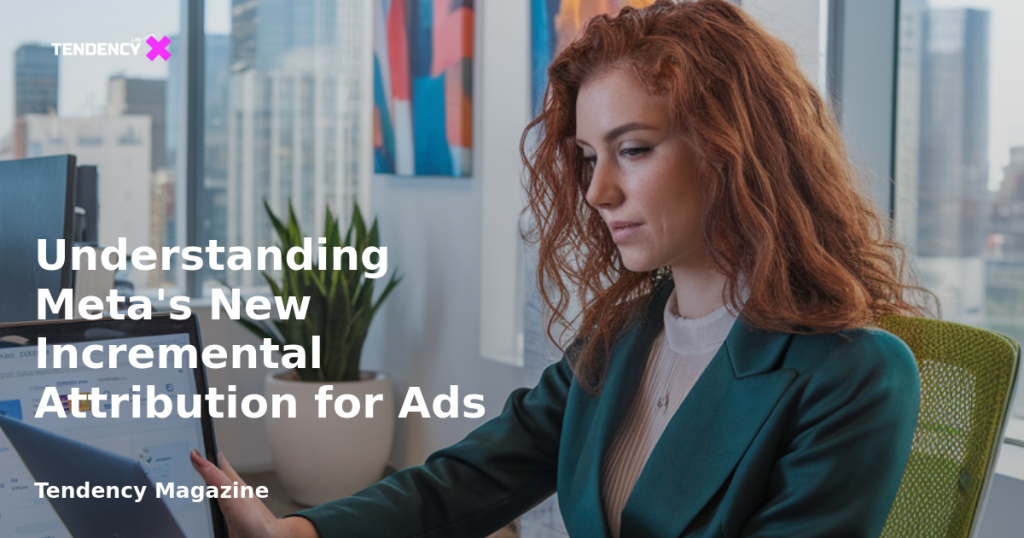Understanding Meta’s New Incremental Attribution for Ads

Introduction to Incremental Attribution
In recent months, Meta has been gradually introducing a new feature for its advertising platform: Incremental Attribution. This development is poised to revolutionize how advertisers measure the effectiveness of their campaigns by focusing on conversions that genuinely result from ad exposure. For businesses leveraging Meta’s advertising tools, understanding this feature can provide a more accurate reflection of ad performance and enhance strategic decision-making.
Table of Contents
- Introduction to Incremental Attribution
- Eligibility for Incremental Attribution
- Locating Incremental Attribution in Meta
- Understanding How Incremental Attribution Works
- Potential Implications for Advertisers
- Conclusion
Eligibility for Incremental Attribution
Meta’s Incremental Attribution is currently available for specific campaign objectives, including Sales, Leads, and Engagement. Advertisers can utilize this feature when they select the website conversion location and use the Maximize Conversions performance goal. This eligibility criterion ensures that the feature is applied to campaigns where conversion tracking is paramount.
Locating Incremental Attribution in Meta
To access Incremental Attribution, advertisers need to navigate to the performance goal section of their campaign settings. By selecting “See more options,” users can choose between Standard Attribution and Incremental Attribution. While Standard Attribution tracks all conversions post-ad exposure, Incremental Attribution focuses on conversions that are directly influenced by the ad, using advanced modeling techniques.
Understanding How Incremental Attribution Works
The primary goal of Incremental Attribution is to filter out conversions that would have occurred regardless of ad exposure. Traditional attribution models often include all conversions within a specified window, such as 7-day click or 1-day view. However, Incremental Attribution aims to minimize the inclusion of conversions from remarketing and view-through conversions—those least likely to be truly incremental.
By opting for Incremental Attribution, advertisers may notice a reduction in reported conversions. This is because the model excludes conversions that are not directly attributable to ad exposure. While this might initially seem like a decrease in performance, it actually provides a clearer picture of the ad’s true impact.
Potential Implications for Advertisers
The introduction of Incremental Attribution could significantly alter how advertisers interpret campaign performance. With a focus on genuinely incremental conversions, businesses may find that their ads’ effectiveness is more accurately reflected. This can lead to more informed decisions about budget allocation and campaign strategies.
Moreover, as advertisers become more familiar with Incremental Attribution, they may develop more sophisticated approaches to targeting and messaging, aiming to maximize truly incremental conversions. This shift could also influence how advertisers assess the value of different types of conversions and adjust their strategies accordingly.
Conclusion
Meta’s Incremental Attribution represents a significant advancement in the realm of digital advertising. By focusing on conversions that are genuinely influenced by ad exposure, this feature offers advertisers a more accurate measure of their campaigns’ effectiveness. As businesses continue to explore and adapt to this new model, they can expect to gain deeper insights into their advertising strategies and achieve better alignment with their marketing goals. Understanding and leveraging Incremental Attribution will be crucial for advertisers aiming to optimize their Meta campaigns and maximize ROI.
2025 Tendency LTD. All rights reserved.

